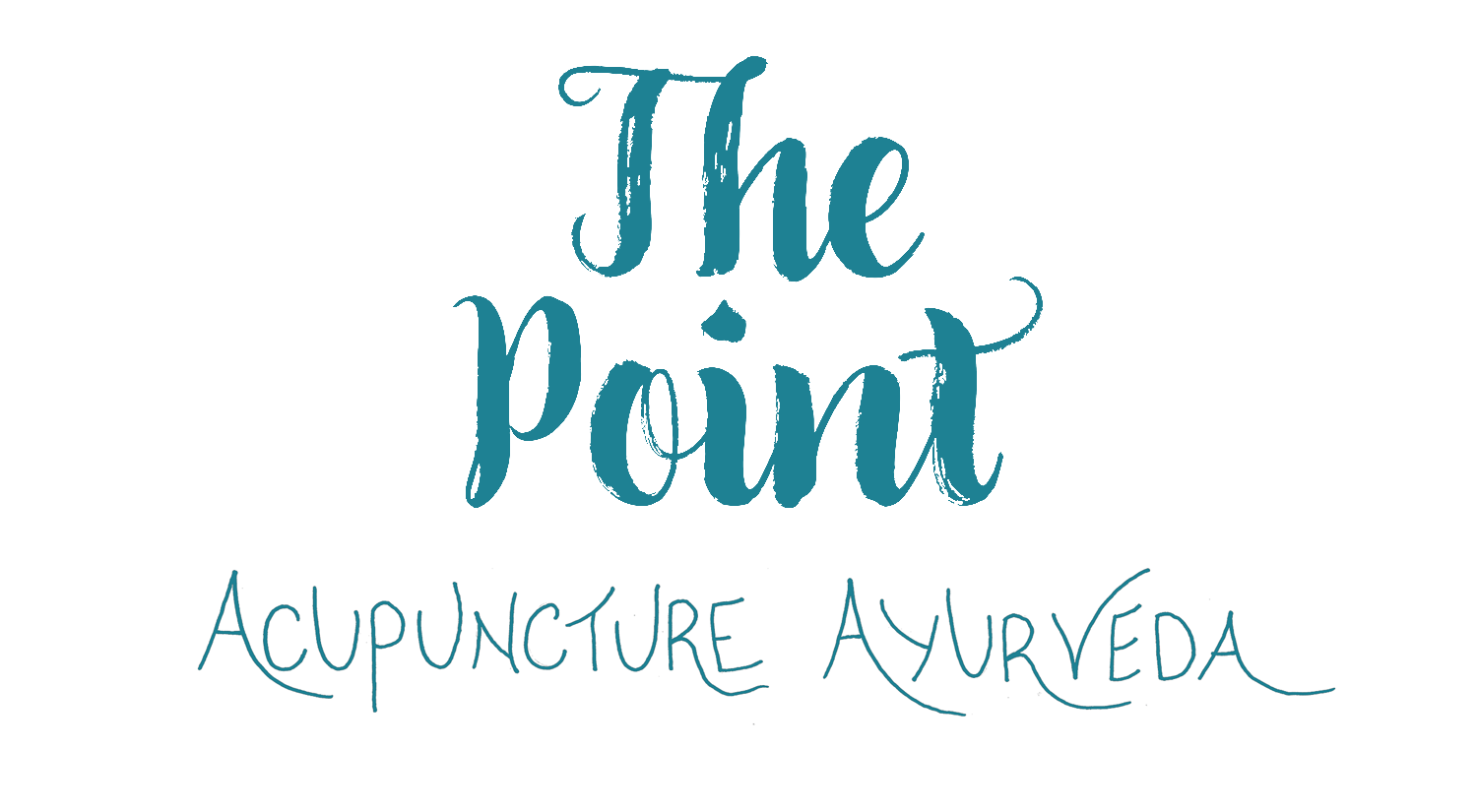Stinging Nettle – Medicinal and Delicious!
/Natural plant medicines abound, growing indigenously and robustly, without help of hand or hoe, in northwest Washington backyards. One of my personal favorites, ushering in the spirit of spring, is stinging nettle.
Stinging nettle (Urtica dioica) lives up to its name. The tiny hairs that cover its leaves and stems have high silicone content, making them brittle. When you brush up against its foliage, the sharp tips of its hairs break off and enter your skin releasing chemicals, including serotonin, histamine, and formic acid, eliciting a stinging or tingling sensation, sometimes accompanied by raised bumps.
Before you vow to steer clear of this hive-heralding herb, know that urtication, the practice of deliberately and gently stroking painful joints with nettles, has been used across cultures for millennia as treatment and pain relief for inflammatory conditions including osteoarthritis and rheumatoid arthritis. Controlled studies have found pain and disability from osteoarthritic fingers to be significantly reduced by one week of daily contact with this native stinging herb. Though some nettle-induced tingling ensued with the brushing, 85% of participants said this was an acceptable side effect and half preferred urtication to their usual pain relief medication.
If massaging your skin with stinging leaves doesn't appeal, I don't blame you. You can still appreciate nettle's nutritional and medicinal nature by first removing it's sting. Simply boil it, cook it, dehydrate it, or blend it, and nettle's needles will no longer burn. You may then safely savor nettle tea, nettle pesto, nettle soup, or myriad other nettle concoctions.
Exquisitely timed, nettles sprout from the earth in early spring just as seasonal allergies from grasses, trees, and pollen accelerate though the human population. Fortunately, one of nettle's medicinal virtues is hay fever relief. Nettle tea (fresh or dried leaves boiled for 10 minutes in water) sipped throughout the day can soothe allergy symptoms including red and itchy eyes, sinus inflammation, and nasal mucus and congestion.
Nettles also render reprieve from symptoms of benign prostatic hyperplasia (BPH), a condition common in older men in which an enlarged prostate creates difficult, urgent, or dribbling urination. Studies demonstrate that nettles taken internally can reduce these urinary problems both short and long term without side effects.
In addition to fostering pain relief, reducing inflammation and hay fever symptoms, and easing urination difficulties, studies suggest that stinging nettle can act as a natural blood thinner and diuretic, and mildly lower blood sugar and blood pressure as well. Nettles are replete with antioxidants, vitamins, and minerals, and when eaten fresh (after processed to neutralize the stinging hairs, of course) they bestow some of their natural vitality to you. I do recommend consulting with a qualified healthcare practitioner before incorporating nettles into your life, especially if you are pregnant, nursing, or on medications.
In order to partake in the magic of this springtime herbaceous beauty, you must first locate it! It grows in abundance throughout the Pacific Northwest in moist areas and along lakes and streams both at sea level and in the mountains. In fact I spotted a patch just outside the Washington Park Arboretum yesterday!
Stinging nettles appear in clusters with leaves growing in opposite pairs on square stems. The leaves are variously round or long and narrow, but always form a sharp tip and present with serrated edges. I’ve seen these plants grow over six feet tall, but I regularly observe them in the two to four foot range. Simply pluck the top three pairs of leaves (wearing gloves to protect your fingers) on plants that have not yet flowered. Place these nettle tops in a bag to bring home, remembering to inhale and savor the herb's energizing aroma. Be sure to collect from patches that have not been sprayed with pesticides and are free from industrial and conventional agricultural runoff. Also, harvest modestly and thoughtfully, leaving most of the plants to grow and propagate, encouraging the patch's sustainable future. If you love nettles as much as I do, you may also opt to grow them in your backyard (if they aren’t growing there wild and free already).
Happy nettle hunting, tea-sipping, and pesto eating!
NW Nettle Pesto
Ingredients
4-5 cups blanched local spring nettle leaves and stems (or 2 cups dried organic nettle leaves)
1 cup toasted organic walnuts, pine nuts, or hemp seeds
Juice from 1 medium-sized lemon
1/2 tsp. finely ground sea salt (or to taste)
7 peeled organic garlic cloves (or to taste!)
Fresh ground pepper (to taste)
1/4 cup organic extra virgin oil (or to desired consistency)
A touch of any other culinary herb that calls you, for added variety, verve, and nutrition. Kitchen herbs that play well with the pesto in my experience include: rosemary, thyme, cilantro, and basil
Directions
Place nettle leaves in a pot of boiling water for 90sec (to neutralize stinging hairs). Be sure to wear gloves to handle the un-boiled nettles (if you don't want to get stung). Promptly remove the nettles and place them in a cold water bath (to bolster their brilliant green color). Once nettles have cooled (about 3 min) remove them by the handful, squeeze out the water, and place them on towel to dry
Toast seeds or nuts (in frying pan or oven) until golden brown
Combine nettles and remaining ingredients (except olive oil) in a food processor or blender and blend until ingredients form a paste
Slowly pour in the olive oil, continuing to pour and blend until desired consistency is reached
Enjoy! This wild, local, seasonal pesto is a wonderful crudite dip for slices of raw carrots, celery, cucumbers, and daikon root. You can also use it a sauce, adding savory, medicinal NW spring deliciousness to your pasta, chicken, tofu, or grilled veggies.
